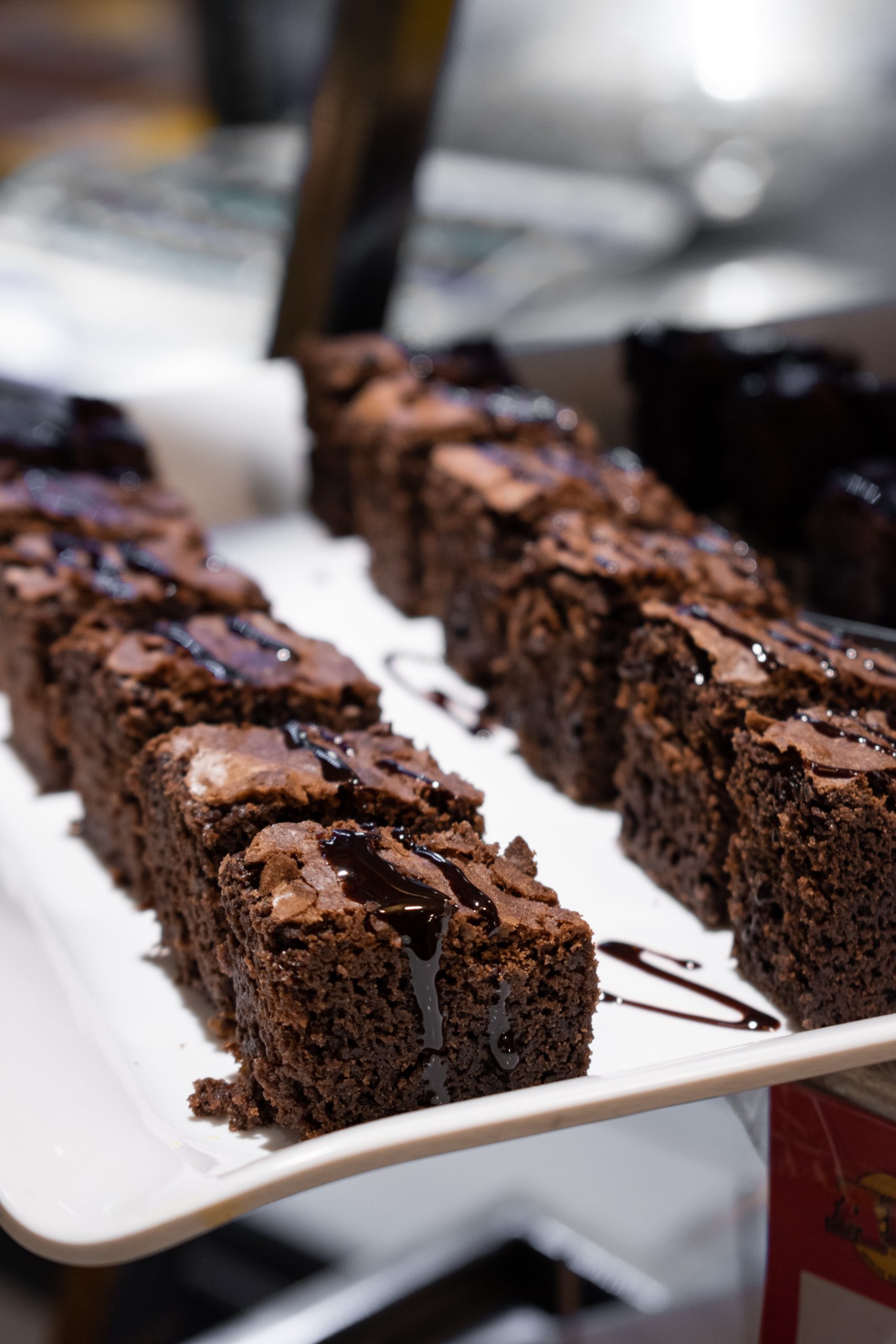Some of the most common questions I get are about cravings. People get frustrated because they crave salty, crunchy or sweet foods (I’m talking about you, chocolate). And, it isn’t just the craving, it is when the craving happens. “Why do I crave sweets after I eat?” they’ll ask.
This article will talk about what cravings are, why they happen, craving sweets after a meal, and 5 things you can do about those post-meal sweet cravings.
What are cravings?
You are not alone when dealing with cravings. Just to be sure we’re talking about the same thing, I’m talking about: a craving; a strong desire to eat. The craving may be for a specific food, flavor, or texture. The research, yes there is research on cravings, says that 90% of people have food cravings.1
What causes cravings?
Cravings can happen for a lot of reasons — usually not hunger. Have you ever been watching TV and a food commercial came on? Then, you started craving that food? If so, the advertisement did its job! Sometimes a craving can happen because you see or smell a particular food. Think about walking by the cookie shop in the mall smelling all those fresh, ooey, gooey, yummy cookies. . .
Emotions can cause cravings. If you feel happy or sad, do you crave certain foods? If you’re sick is there a comfort food you crave?
Hormonal changes can lead to cravings. For those who menstruate or are pregnant, fluctuating hormones can cause cravings to appear seemingly out of nowhere.
Hormone imbalances with such hormones as serotonin (a mood stabilizer) or leptin (involved in satiety) may also lead to cravings.
When a craving happens, you may feel like you can’t do anything until the craving is satisfied. That can be especially frustrating when you crave a sweet when you’ve finished a meal — even if you’re full. What’s the deal with those post-meal sweet cravings?
Why do you crave sweets after a meal?
A lot of people crave sweets after a meal. As an Intuitive Eating Counselor, I don’t label cravings as good or bad. They just “are.” Here are a few reasons cravings may happen:
- You’re still hungry. Check-in with yourself and ask if you’re still hungry? Even just a little bit. If you are, you could try eating a couple more bites and check-in again.
- You ate too quickly and your body hasn’t recognized it is full. When you eat, your stomach stretches, and hormones are released that send signals to your brain that you’re full. If you’ve eaten quickly those signals may not have reached your brain yet. Your plate is empty, and your body hasn’t realized yet that it isn’t still hungry. You could choose to work on slowing down when you eat.
- You’re in the habit of ending meals with a sweet. If so, you get to decide if that is something you want to continue or not.
All this is great, but I know what you really want is how to deal with those cravings.
5 steps to deal with those sweet cravings
If you want to deal with the cravings, you can do what my clients learn to do — dig into what’s going on. Then you can decide if you want to change it and, if so, how you’ll go about making the change. Remember: you get to choose what you put in your body. These steps help you work through the choice you get to make.
Here are the steps I work through with my clients.
- Check-in on hunger levels. Are you still hungry, satisfied, full, overfull? If you’re still hungry, what do you want to eat?
- If you’re not hungry, what exact sweet do you want? If you can figure out what you’re craving and eat that, the craving will be satisfied vs. you continuing to hunt for what will satisfy it. For example, if you want chocolate what kind do you want? Will chocolate chips do it for you or do you need that special chocolate bar with the cherries in it? If you don’t have that special thing on hand, maybe you need to be satisfied with something else for now, acknowledge that, and get that special chocolate bar next time you’re out.
- If you eat it now, will you enjoy it as much as if you wait until you’re a little hungry? This one may take some testing out to learn what works best for you. In general, if you’re a little hungry you’ll taste and enjoy food more than if you’re full or satisfied. Remember, you can have it later. It will still be there.
- Dig around and figure out if there is anything behind the craving. You could choose to sit with it and ask yourself questions about the craving. If you can figure out what’s really going on, the craving may disappear on its own. Here are a few questions to get you started:
- “Why am I craving this?”
- “What am I feeling?”
- “Do I really need something sweet or is there something else I need?”
- “What do I really need?”
- Choose to eat to satisfy the craving and come back to figuring out what’s going on later. Just promise yourself you will come back to figure it out later.
Key takeaways
The reason cravings happen and dealing with them isn’t as straightforward as we wish they were. You can use the steps above to start working through why yours are happening. If you don’t want to work through it on your own, I’m here to help. Just set up a call and we can talk about what it will take to understand and deal with your cravings.

